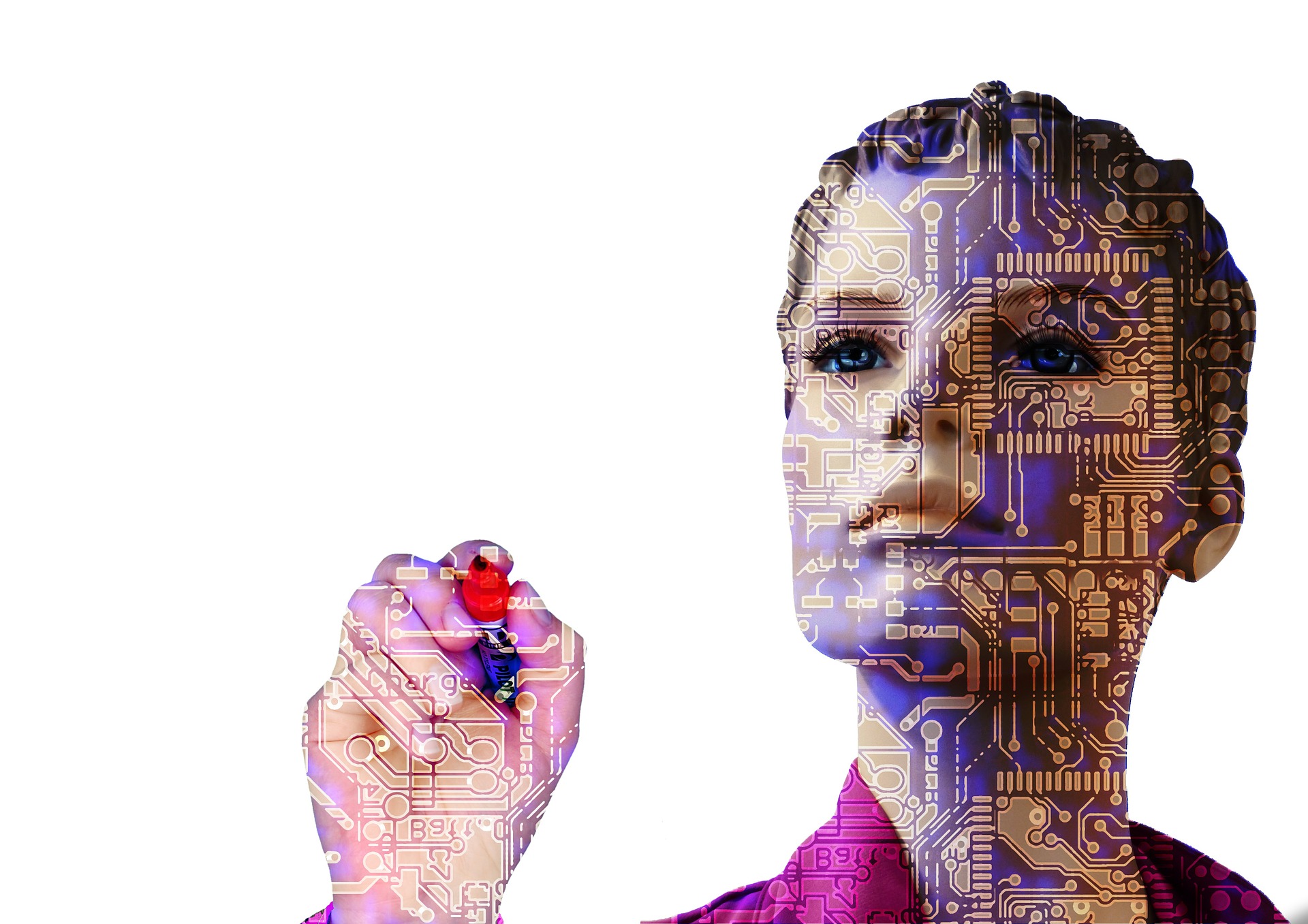
Sep
Digital Marketing Trends in 2020
As we are now past the halfway mark of 2019, while businesses are still busy with this year’s efforts, they will also be looking to next year and what 2020 holds for the world of digital marketing.
There are no indications that digital marketing is going to be any less important. However, some digital marketing trends may take prominence in those 12 months. In the following post, we will look at five.
The Rise of New Technologies
During 2020 there are some sure-fire signs that businesses across sectors will start to use new technologies as part of their digital marketing strategies and to enhance the experience of their customers.
Augmented reality and artificial intelligence are two that look set to improve things overall. You can bet we will see these constantly evolving and improving technologies used on an even wider scale than they have been in the past.
Greater Emphasis on Personalisation in Email Marketing
Modern customers are looking for greater personalization from companies and brands, which is why marketing teams appreciate it’s often the small and subtle things that make the difference. Email marketing will continue to become more personalised and cater directly to specific segments of a company’s market.
Along with making emails more personal though, there is also going to greater attention paid to developing emails that will work well on mobile handsets and devices, such as smartphones and tablets, as that’s where a large percentage of people access their personal email from.
More Attention Will be Given to Geo-Marketing
Over the last few years, businesses in general have been utilising geo-marketing as part of their marketing strategies. However, with the demand for more accurate results, there’s been the development of geo-fencing and other brand-new technologies that bridge the gap ever so slightly between brands and their customers. Geo-fencing has been particularly effective as it enables businesses to build awareness for their brand and message while attracting competitor’s clients.
Video Will be Used to Enhance SEO
Businesses use SEO so understand the behaviour of their consumers. As search engines are always making changes and updates to ensure the most engaging and user-friendly sites are displayed and presented to users, companies need to constantly switch their approach and focus to stay in the rankings when the algorithms change.
That’s where video is important because video content is shared around 1,2000% more than the complete sum of text and links. That’s why there will be more businesses who will use videos to improve their SEO.
More Conversational Engagement on Social Media
As social media has continued to take a foothold in the world, businesses have needed to adapt and become more approachable and personable with their target audience and customers. This will undoubtedly continue in 2020, with an even greater focus on brands using social listening over conversations concerning their rivals and their brand. This will be valuable for helping them understand the content that performs best.







